Faced with growing popularity of big-screen phones, Apple will launch its next-generation iPhone with "at least" two different screen sizes, one analyst claims.
The details were reported on Tuesday by Brian White of Topeka Capital Markets, who said the details stem from a meeting with a company in Apple's supply chain. In fact, White said it's possible that Apple's so-called "iPhone 5S" could even launch with three separate screen sizes, in his view.
Mockup of iPhone with 4.94-inch screen, created by Marco Arment.
"We believe Apple is coming around to the fact that one size per iPhone release does not work for everyone and offering consumers an option has the potential to expand the company's market share," he said.
White expects that Apple will launch its next iPhone models in July, where he also believes the company will debut a lower-priced iPhone model that would address a large segment of the market that Apple currently does not serve.
The analyst doesn't believe that Apple would be able to offer an iPhone below $300 without a contract subsidy. He said on Tuesday that market watchers expecting an iPhone priced at $200 or even $150 will be disappointed, while a price between $300 and $350 "makes more sense."
"We believe this price point is reassuring for investors that Apple wants to expand its market reach with consumers in developing countries such as China," he said. "However, the company will also manage its margin profile and brand accordingly."
White is the same analyst who made waves last week when he claimed that Apple plans to launch a television set this year with a so-called "iRing" accessory for precise gesture-based controls. He also believes the "iTV" will come with a "mini" screen that will allow users to view content on a smaller display throughout the home, though this accessory will apparently not be as powerful as an independent iPad.
The analyst also made claims last week that Microsoft is working on a competitor to Google Glass that the Windows maker will allegedly launch in the first half of 2014. He believes the wearable computing market will heat up with the debut of a smart wristwatch accessory from Apple as well.
The latest claims from White regarding multiple iPhone screen sizes are not new, as earlier reports had suggested Apple plans to release a larger iPhone with a 5-inch screen, dubbed an "iPhone plus."
As larger iPhones like Samsung's Galaxy Note series have gained traction in the marketplace, there has been increasing speculation that Apple could go even bigger with a future iPhone model. The company increased the screen size of its flagship handset from 3.5 inches to 4 inches with the launch of the iPhone 5 last September.
 Sam Oliver
Sam Oliver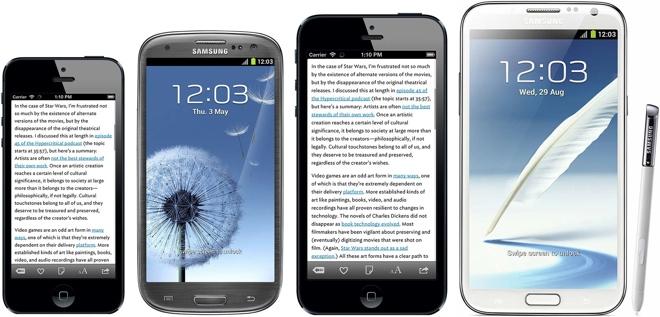







-m.jpg)






 Wesley Hilliard
Wesley Hilliard
 Marko Zivkovic
Marko Zivkovic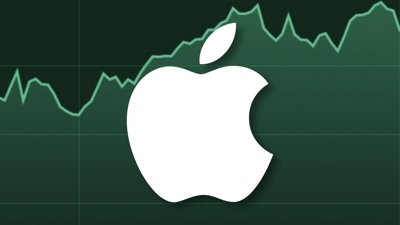

 Christine McKee
Christine McKee
 Amber Neely
Amber Neely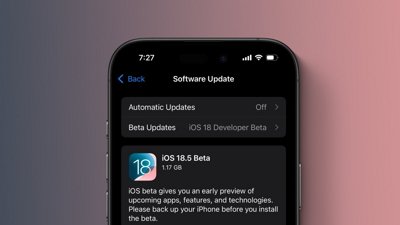

 Malcolm Owen
Malcolm Owen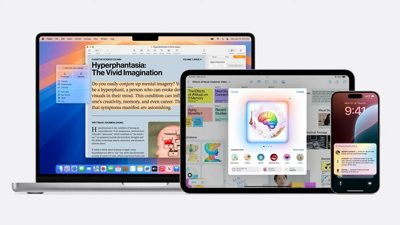
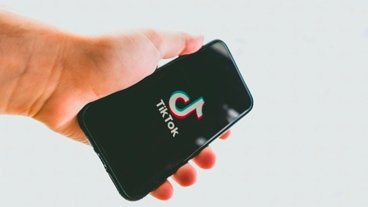
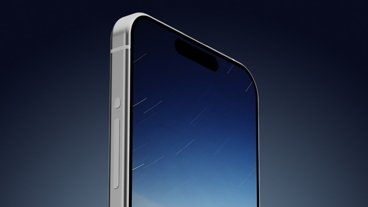






112 Comments
Brian W. of Topeka is nuts.
[VIDEO]https://www.youtube.com/watch?v=Tz_AU2eSjdg[/VIDEO]
I can't believe people take these guys seriously. iRing??
iPhone Plus? Hmm. Plus size makes me think of fat woman's clothing (sorry ladies). Didn't Apple, once before, designed the iPod that made it look fat? Don't think that way of design worked out too well as Apple went back to its slender ways. I would think iPhone for the new 5 inch (if rumors are true) and iPhone Mini for the 4 inch... AND DROP THE 4, 4S, 5, 5S, stuff!
I know a certain class of person goes ape-s**t whenever someone says what I'm about to say, but here goes: Offering two screen sizes for the iPhone with the same resolution but different pixel density (just like with the iPad and iPad mini) makes a tremendous amount of sense. There are a lot of customers (particularly older customers) who prefer larger text and bigger UI elements. And related to this -- there are also a lot of customers who simply cannot perceive any benefit to having a retina display. Offering lower priced versions of products that lack a retina display also makes a great deal of sense. Just to pre-empt the usual complaints: 1. I'm talking about screen sizes varying because of different pixel density, not because of differences in logical screen size. So this would not be a major hassle for developers. And as noted above -- Apple already does this with the iPad and iPad mini. 2. Apple is not religious about retina displays or anything else other than making great products (and for many, many customers, a product lacking a retina display is still a great product) 3. Economies of scale is not a major constraint here. Apple produces more smartphones than anybody except maybe Samsung, but with far, far fewer models. If Apple were to offer four basic models of iPhones at a time: big retina, big non-retina, small retina, small non-retina, it would still enjoy massive economies of scale advantages over all competitors (including Samsung, which has far more models). [note, this assumes the current practice of keeping old models around would end, and that the less expensive models would be the non-retina models]